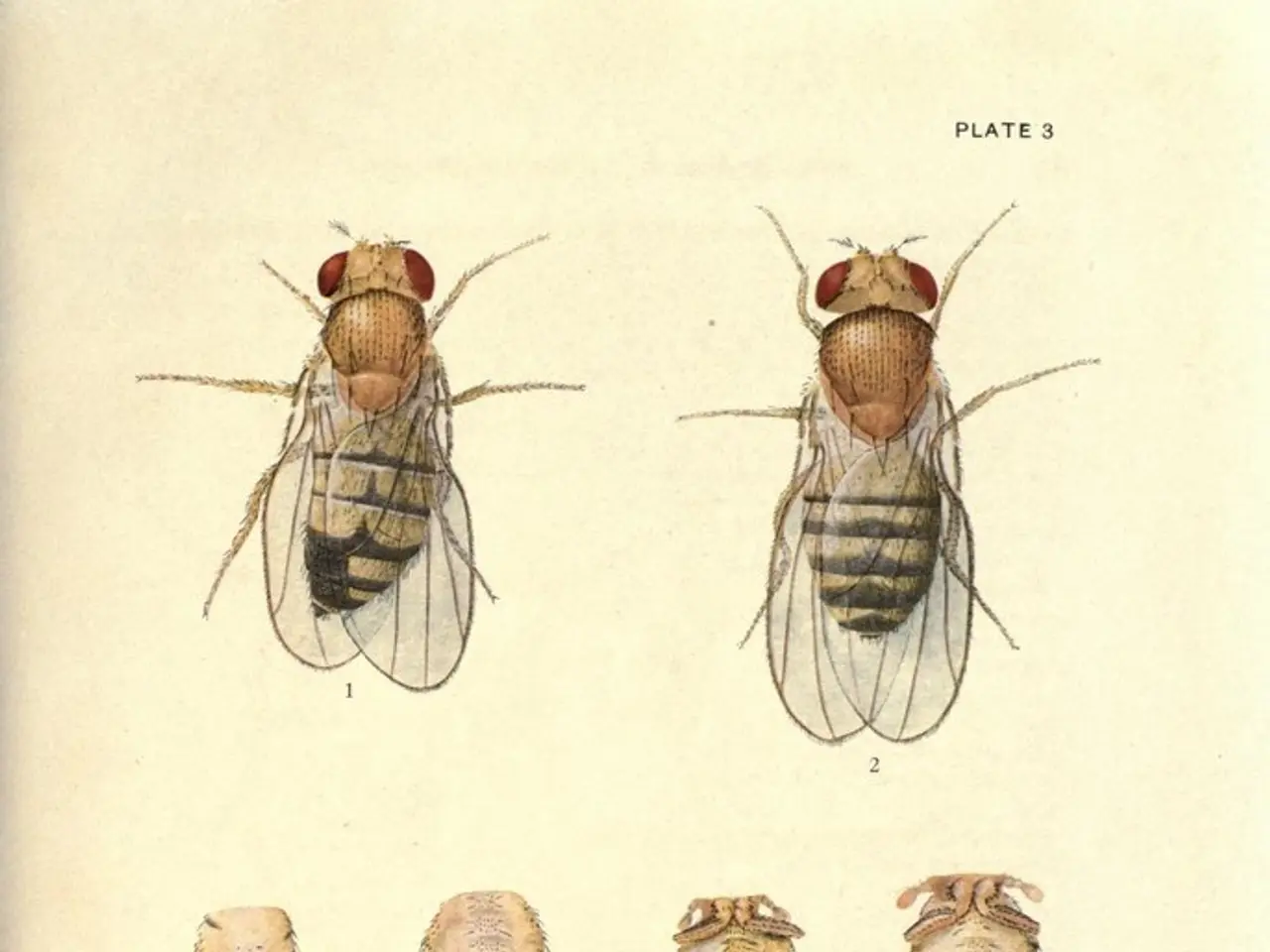Experiencing Difficulty post-Wasp venom Exposure: Inquiry into Insecticide Hypersensitivity
For individuals suffering from insect venom allergy, managing the risk of potentially life-threatening reactions is crucial, especially during outdoor activities. Here's a guide to understanding the condition, its diagnosis, and the available treatment options.
Understanding Insect Venom Allergy
Insect venom allergy is treated through a specific immunotherapy known as Venom Immunotherapy (VIT). This treatment involves regular injections of increasing doses of the venom to desensitize the immune system, substantially reducing the risk and severity of allergic reactions to future stings [1][2][4].
Key Points about Venom Immunotherapy
VIT is primarily recommended for patients who have experienced systemic allergic reactions (anaphylaxis) to bee or wasp stings and remain at high risk of re-stings [4]. The procedure involves weekly subcutaneous injections of increasing venom doses over 8-10 weeks (build-up phase), reaching a maintenance dose which is then administered at 8-10 week intervals for about three to five years [2][4].
VIT protects about 77%-84% of honeybee venom allergic patients and 91%-96% of vespid (wasp) venom allergic patients from systemic allergic reactions upon subsequent stings [1]. After completion, VIT shows a lasting protective effect, although life-long treatment may be considered for high-risk patients or those who experience systemic side effects during therapy [1].
Prevention and Precautions
While VIT offers a significant protective benefit, prevention is still key. Here are some precautions for insect venom allergy sufferers:
- Always carry an emergency kit containing allergy medications and an adrenaline auto-injector.
- Secure drinks by covering bottles and glasses and drinking through a straw to prevent stings.
- Avoid walking barefoot or with open shoes over the meadow, and don't have breakfast outside in the summer.
- Cyclists should wear close-fitting clothing and ensure cycling helmets have nets on openings to prevent wasps from entering.
- If a wasp comes dangerously close, stay calm and don't wave arms around.
Diagnosis and Treatment
The diagnosis of an insect venom allergy is typically made through a blood test or a skin test. Once diagnosed, the allergy can be treated with VIT, which offers a 98% safety rate, ensuring no life-threatening reactions in the future, but it should be consistently followed for about three years [1].
Once the therapy is completed and there are no additional risk factors for particularly severe reactions, the emergency kit is no longer needed. However, it's important to note that the initiation and monitoring of VIT require evaluation by an allergy/immunology specialist due to the need for careful risk assessment and management of potential side effects [2].
[1] FDA (2020). Venom Immunotherapy. Retrieved from https://www.fda.gov/forpatients/consumer-updates/venom-immunotherapy
[2] AAFA (2021). Insect Sting Allergy. Retrieved from https://www.aafa.org/insect-sting-allergy/
[4] NIAID (2020). Venom Immunotherapy. Retrieved from https://www.niaid.nih.gov/diseases-conditions/venom-immunotherapy
- Regular health-and-wellness check-ups should include screenings for medical-conditions such as insect venom allergy, given the potential severity of reactions.
- Incorporating mental-health, skin-care, fitness-and-exercise routines into daily life is important, but paying attention to the risk and symptoms of insect venom allergy is equally crucial.
- During outdoor activities, always be mindful of insect venom allergy risks, and make use of preventive measures such as carrying emergency kits, adhering to cautious behaviors, and seeking appropriate diagnostic tests and treatments when necessary.




